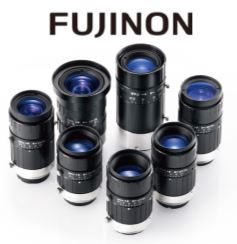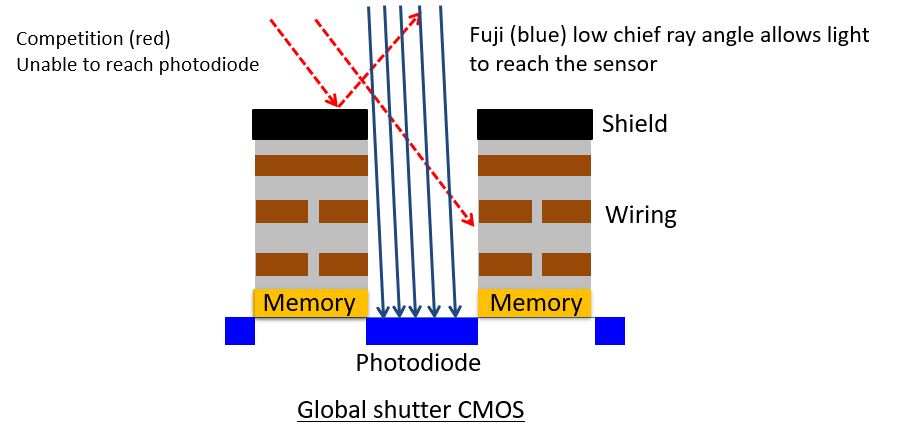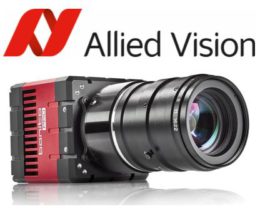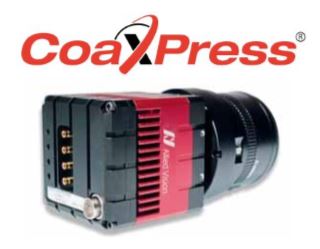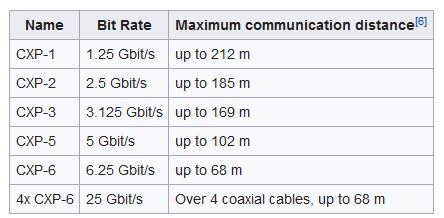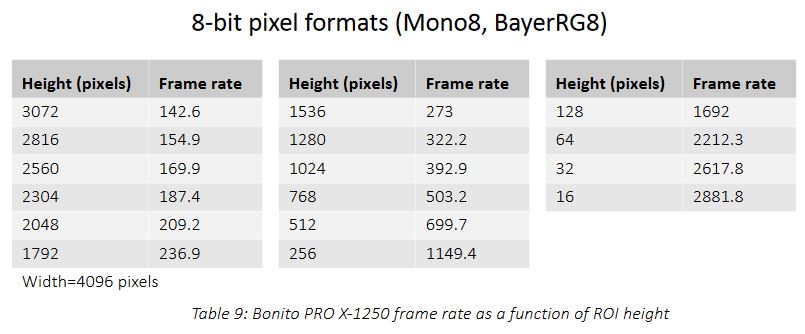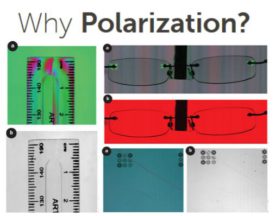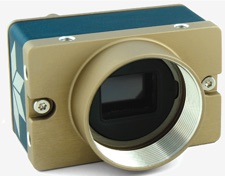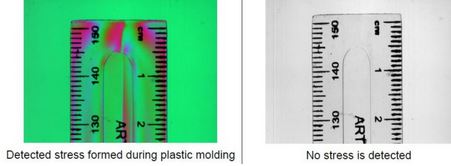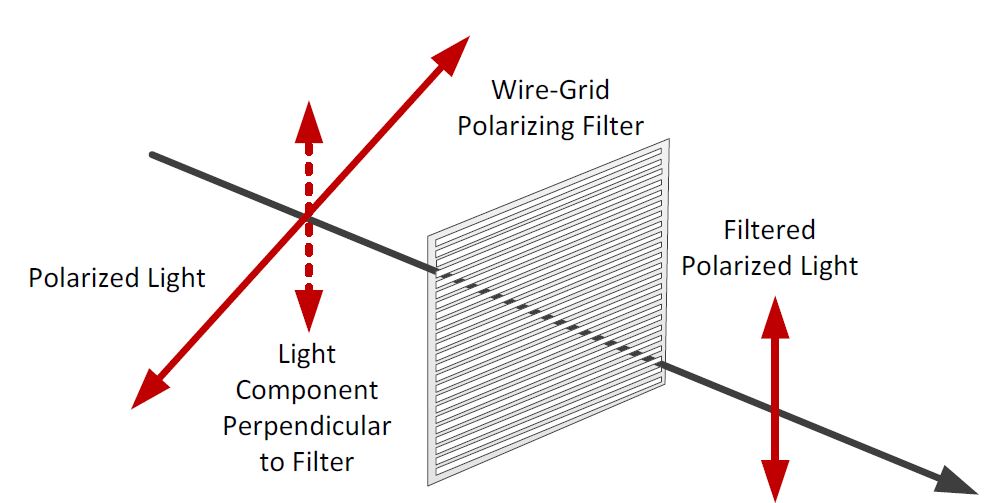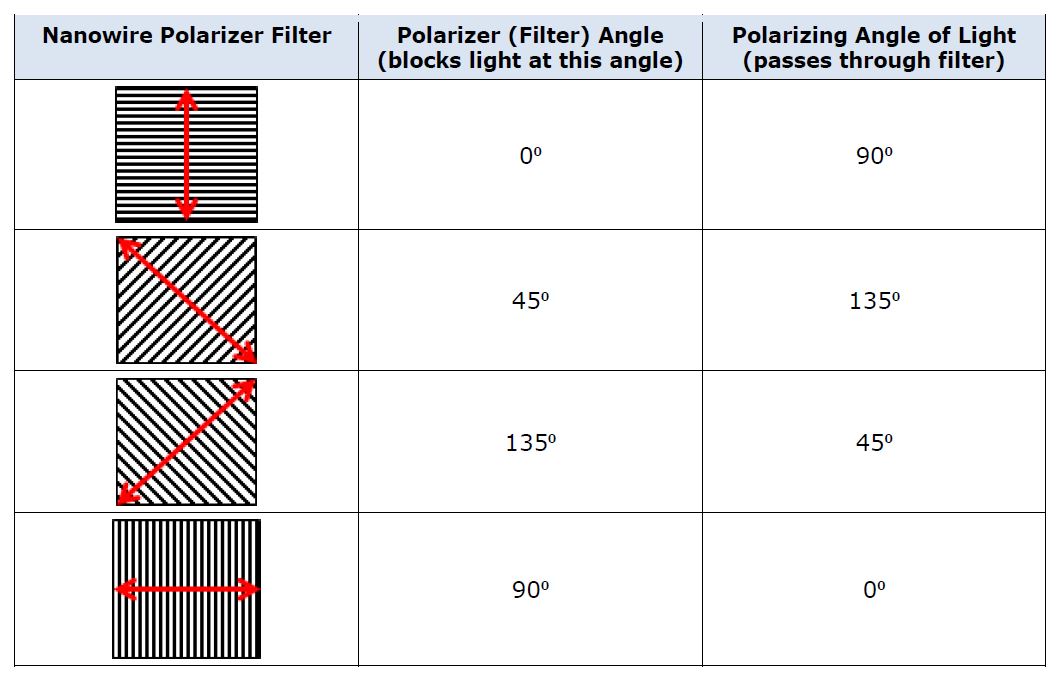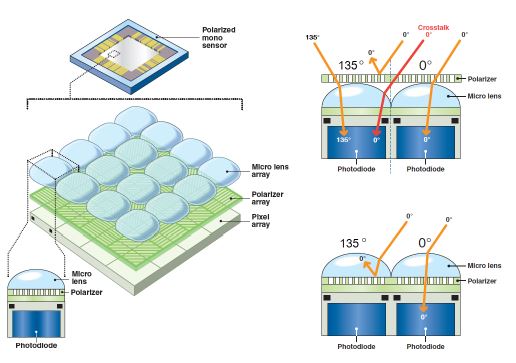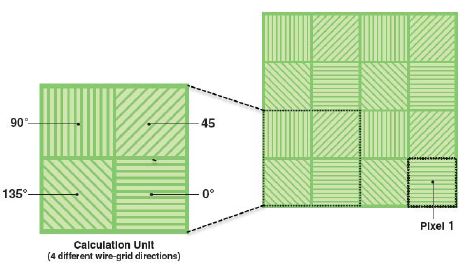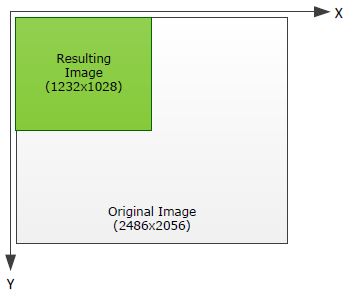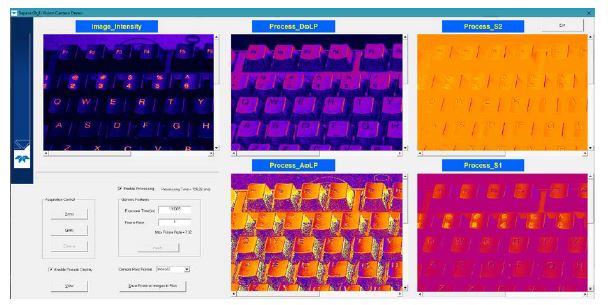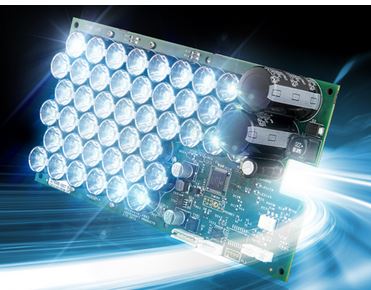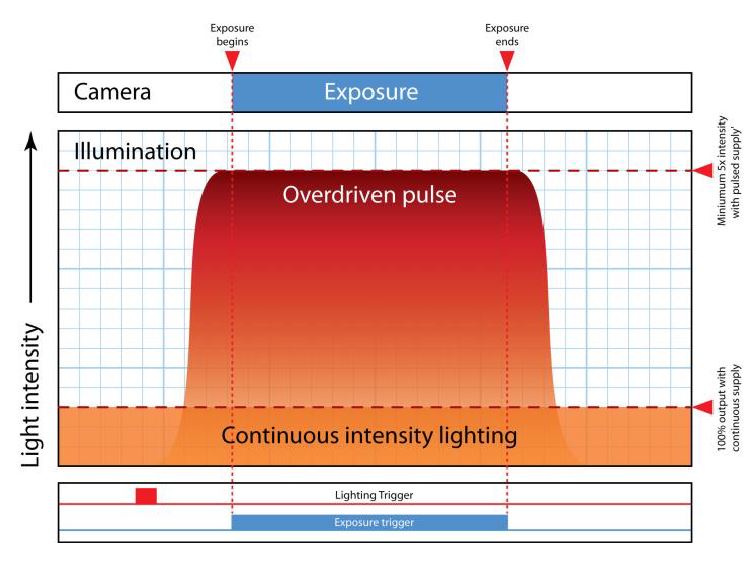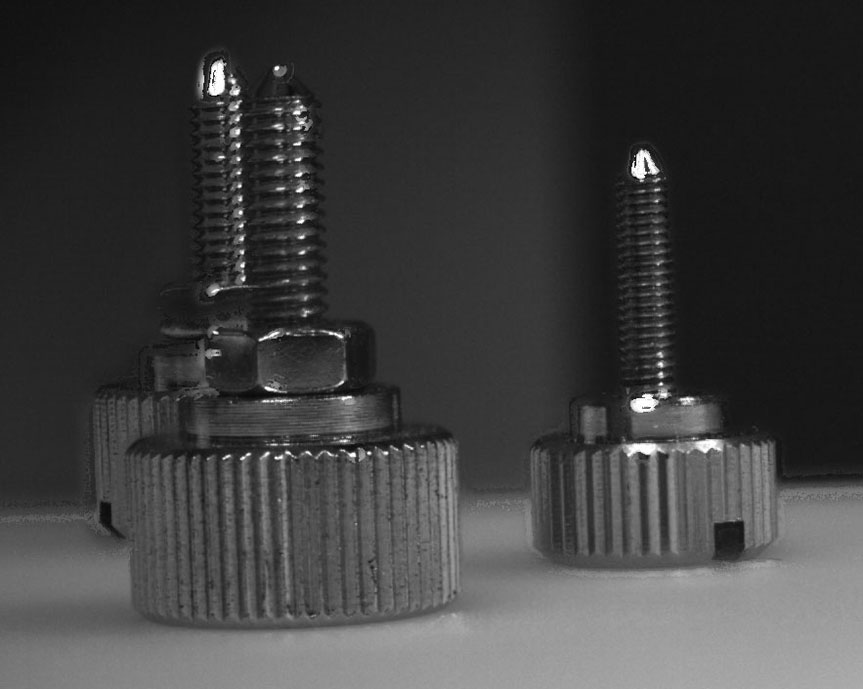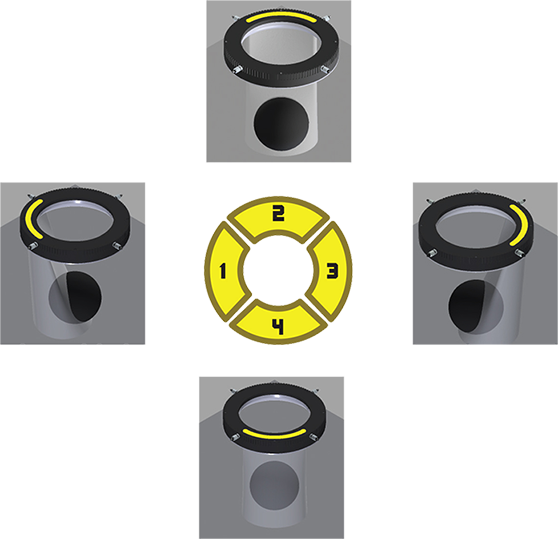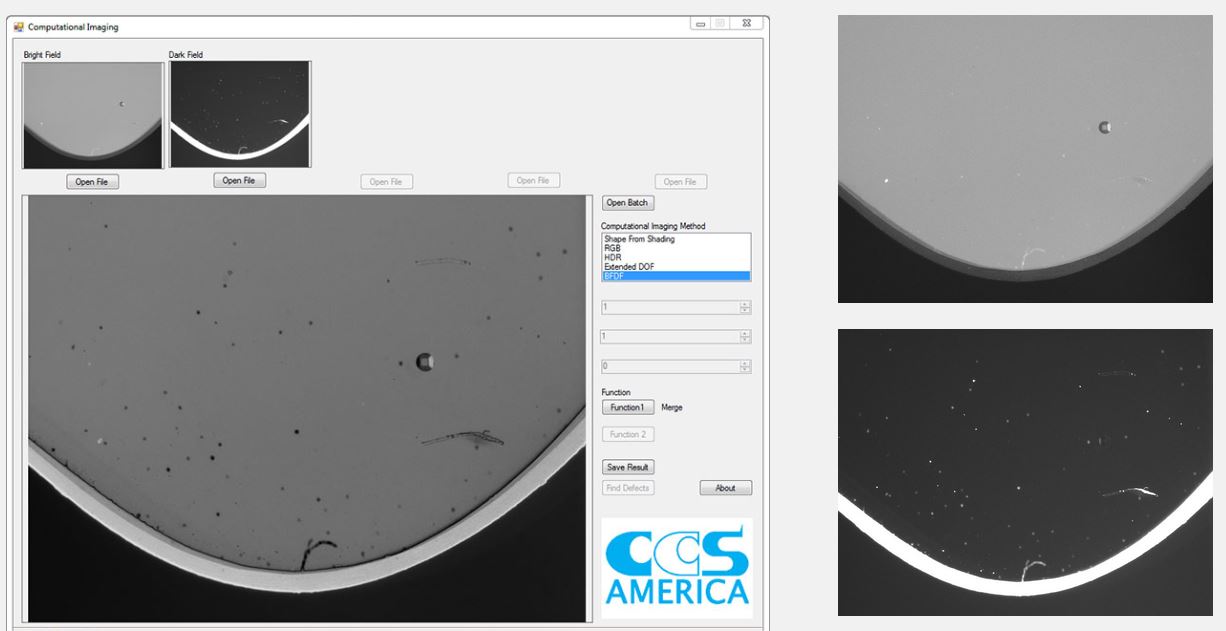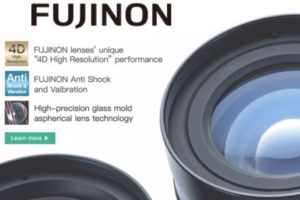 Fujinon introduced their first 5MP series, the 5MP SA-1s over a decade ago. Back then they were the first really high quality lenses for under $500.
Fujinon introduced their first 5MP series, the 5MP SA-1s over a decade ago. Back then they were the first really high quality lenses for under $500.
Now, they have introduced their next generation 5MP series, the new XA-5M , and they have made them smaller, better, and less expensive! Now you can get a 5MP rated lens for very close to what 2 or 3MP lens cost with the new HF-XA-5M series lenses! 1stVision has preferred pricing and stock! Contact us for a quote
The Fujinon XA-5M are designed to work at 3.45um resolution (and very good at 2.5um), so they are a great choice for the 3.45um pixels found in the Sony Pregius IMX line of sensors. See image below showing a heat map of the resolution.(Darker red is higher resolution, 2.7um, orange is 3.3, yellow is 4um, light blue is 5um, and dark blue is 6um)
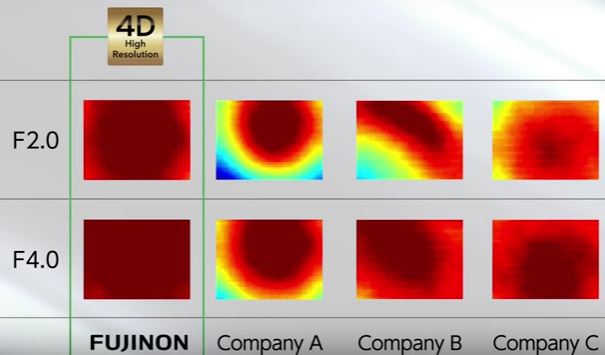
Further, the new CMOS sensors have more of a ‘stacked’ architecture, meaning each pixel is tall. Without having a lens that has a small chief ray angle, which keeps the light rays as close to perpendicular as possible to the sensor, each pixel possibly shades its neighbor. The new Fujinon lenses are designed to solve that problem for these sensors. So when comparing this line to their competitors, there is less shading at the edges and more even illumination!
The results can be seen when comparing the center to edges in an application. In the example below, the text in the center and edge on the FUJI “4D High Resolution” lenses is crisp vs the competition on the right.
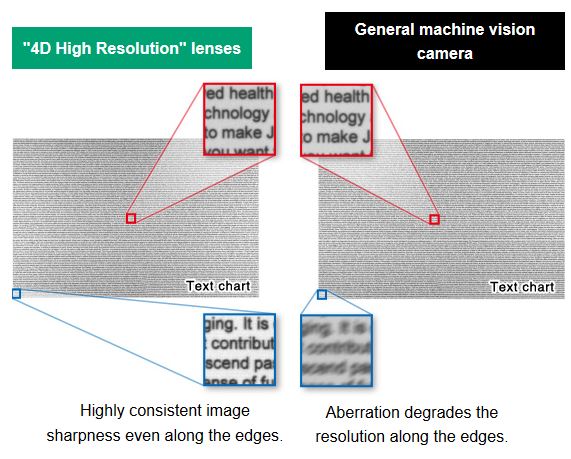 Finally, Fujinon has dramatically reduced the size of the lens, all the lenses are 29.5mm in diameter except the 6mm, which is 39.5mm. Now you can get a 5MP rated lens for very close to what 2 or 3MP lens cost with the new HF-XA-5M series lenses! 1stVision has preferred pricing and in stock! Contact us for a quote
Finally, Fujinon has dramatically reduced the size of the lens, all the lenses are 29.5mm in diameter except the 6mm, which is 39.5mm. Now you can get a 5MP rated lens for very close to what 2 or 3MP lens cost with the new HF-XA-5M series lenses! 1stVision has preferred pricing and in stock! Contact us for a quote
Watch this video for more details on how the HF-XA-5M lenses compare to the competition
1st Vision’s sales engineers have over 100 years of combined experience to assist in your camera selection. With a large portfolio of lenses, cables, NIC card and industrial computers, we can provide a full vision solution!
Related Videos – FUJI is now incorporating anti-shock and vibration into their lens series!
Related Posts
There is NO such thing as a “Megapixel” machine vision camera lens!.. Say what??
